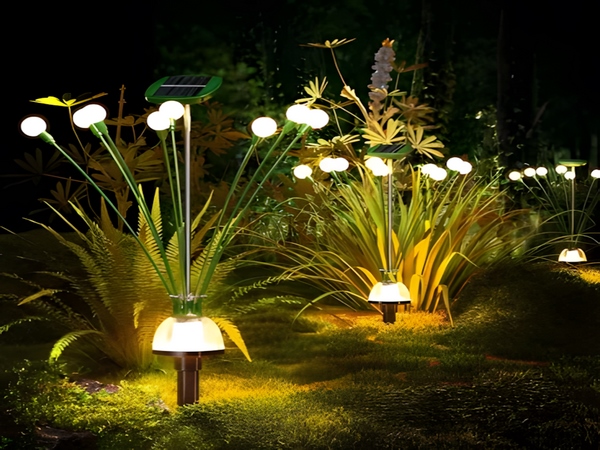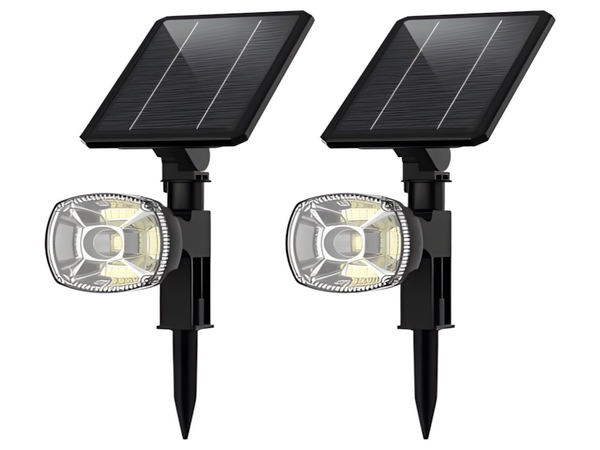
With the development of society, streetlights serve not only to illuminate but also incorporate various design elements by designers. Considering that a significant portion of China is still rural, installing streetlights can pose many challenges. Rural households are dispersed, making collective electricity access difficult. However, the emergence of solar streetlights for rural areas has alleviated this awkward situation, as solar streetlights can directly convert solar energy into electrical energy. Before using rural solar streetlights, installation must meet specific requirements. The details are as follows:

Conditions for the installation of rural solar streetlights:
1. There are altitude limitations for areas suitable for solar streetlights. Ordinary solar streetlights are suitable for regions below 2000 meters in elevation, covering central and eastern plains of China. This is important as altitude can affect the performance of batteries and wiring.
2. The optimal operating temperature for solar streetlights is between -20°C and 40°C. Extreme heat can impede normal operation, while low temperatures can slow down performance.
3. The wind resistance level for areas using solar streetlights is rated at 12. The lights will withstand winds up to level 12 without damage, making them viable for use throughout the country.
4. The seismic resistance level for solar streetlights is rated at 8. They will only incur damage in the event of a major earthquake. In normal conditions, there should be no issues.
5. Solar streetlights can function normally in areas where humidity does not exceed 80%. If humidity levels are higher, excessive moisture can destabilize electronic components, impacting the lighting system.

This concludes the discussion on the installation conditions for rural solar streetlights. The key difference between rural solar streetlights and municipal electric streetlights is that the former relies on solar energy for power generation, eliminating the need for municipal electricity. Therefore, the more rainy and overcast days supported, the longer the illumination time.



